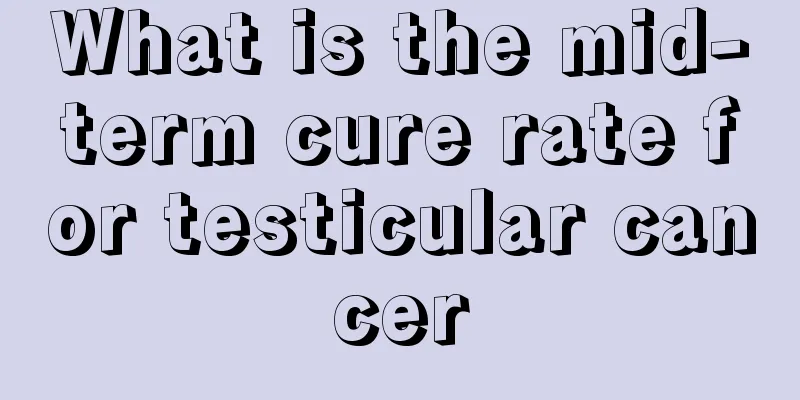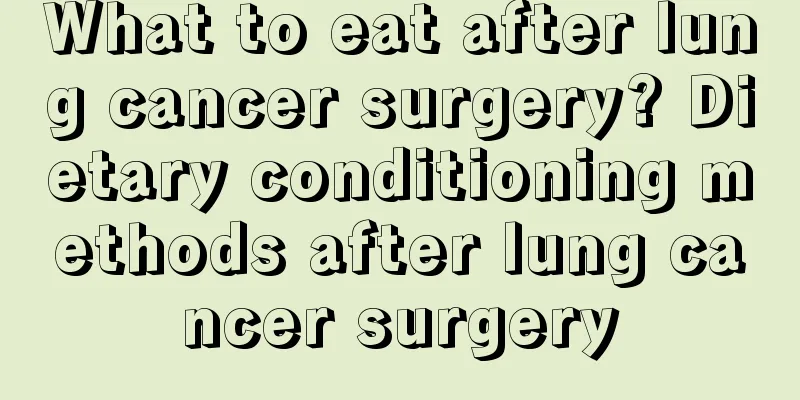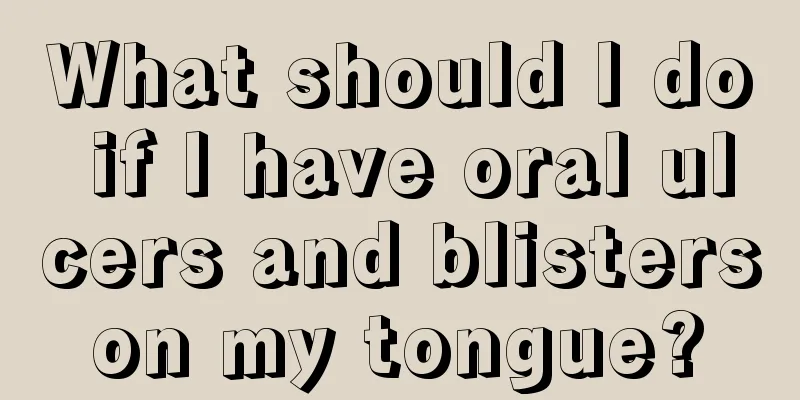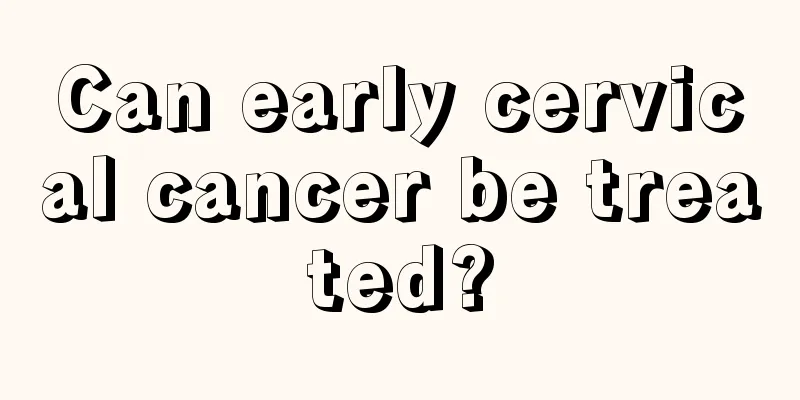Causes of fast heart rate in the morning
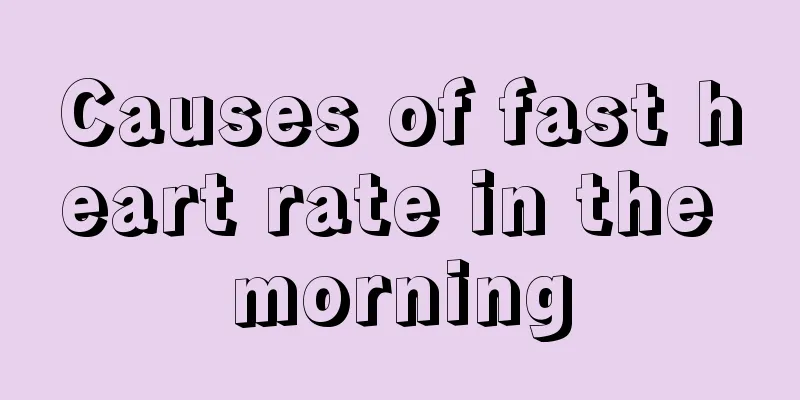
|
A fast heart rate is a very common symptom. Generally speaking, there are two types of fast heart rate. One is physiological, such as excessive emotions or intense exercise, which can cause a fast heart rate. In addition, some heart diseases, mental illnesses, or symptoms such as hyperthyroidism can cause a person's heart rate to be too fast. Pathologically fast heart rate requires treatment. Below, I will introduce you to the relevant knowledge about fast heart rate. 1. Causes Physiological factors: such as excitement, exercise, etc. Disease factors: such as abnormal cardiac conduction, viral myocarditis, hyperthyroidism, etc., which are related to lack of exercise and mental factors. Currently, only symptomatic supportive treatment is needed, combined with diet and moderate exercise. 2. Inspection You can go to the hospital for an electrocardiogram to rule out atrioventricular bypass (preexcitation syndrome). Pathological tachycardia can be divided into two types: sinus tachycardia and paroxysmal supraventricular tachycardia. The characteristic of sinus tachycardia is that the heart rate accelerates and decelerates gradually, and usually the heart rate does not exceed 140 beats per minute. Most people without organic heart disease usually have no obvious discomfort, but sometimes have symptoms such as palpitations and shortness of breath. Paroxysmal supraventricular tachycardia can reach a heart rate of 160 to 200 beats per minute and is characterized by sudden onset and sudden cessation. It can occur in patients with or without organic heart disease. During an attack, the patient suddenly feels panic and has a faster heart rate, which lasts for several minutes, hours or even days, and then suddenly returns to normal heart rate. 3. First aid methods Here are a few methods you can try: 1. Ask the patient to cough loudly. 2. Ask the patient to take a deep breath, hold his breath, and then exhale forcefully. 3. Fingers irritate the throat, causing nausea and vomiting. 4. Ask the patient to close his eyes and look down, and use his fingers to press the upper part of the eyeball under the eye socket, starting with the right eye. At the same time, take your pulse and count your heart rate. Once the tachycardia stops, stop the compression immediately. But be sure not to use too much force. Press for 10 minutes each time. If pressing on one side is ineffective, switch to the other side. Avoid pressing on both sides at the same time. Contraindicated in patients with glaucoma or high myopia. At the same time, take propranolol or propranolol tablets orally. If the above methods do not provide relief and the patient still feels dizzy. If you have cold sweats and cold limbs, you should go to the hospital for treatment immediately. |
<<: The efficacy and function of fluorite
>>: What is dental sealing medicine
Recommend
Can crabs and hairtail be eaten together
As a delicious seafood, crabs are welcomed by man...
Six secret recipes to cure cough quickly
The hot and dry weather can easily cause coughs, ...
Complete list of kidney-tonifying medicines
Kidney tonification is very necessary for both me...
What causes lips to turn purple or black?
Purple and black lips are a problem that many peo...
Easy-to-digest staple food
When people have stomach discomfort, they all wan...
Can you get pregnant if you have rectal cancer in the early stages?
The cause of rectal cancer is still not very clea...
Six types of food to prevent rectal cancer
To prevent colorectal cancer, a reasonable diet i...
Pathological examination of lung cancer
There are several ways to obtain lung cancer path...
What is the function of floor oil cleaning agent
The oil stains on the ground have always troubled...
What kind of shrimp is fresh_How to tell if the shrimp is fresh
Shrimp is probably a seafood that many people lik...
What are the symptoms of early thyroid cancer
Early thyroid cancer should be treated as soon as...
What is combination dry skin
Everyone has a different skin type, but most peop...
When do summer oranges ripen
Orange is a common fruit in people’s daily life. ...
"Getting angry" in late autumn, be careful of small intestine excretion of turbidity
It is cold in late autumn, and many middle-aged a...
How long will it take for a fetal heartbeat to appear after a fetal bud is formed?
Women face many risks in the early stages of preg...



